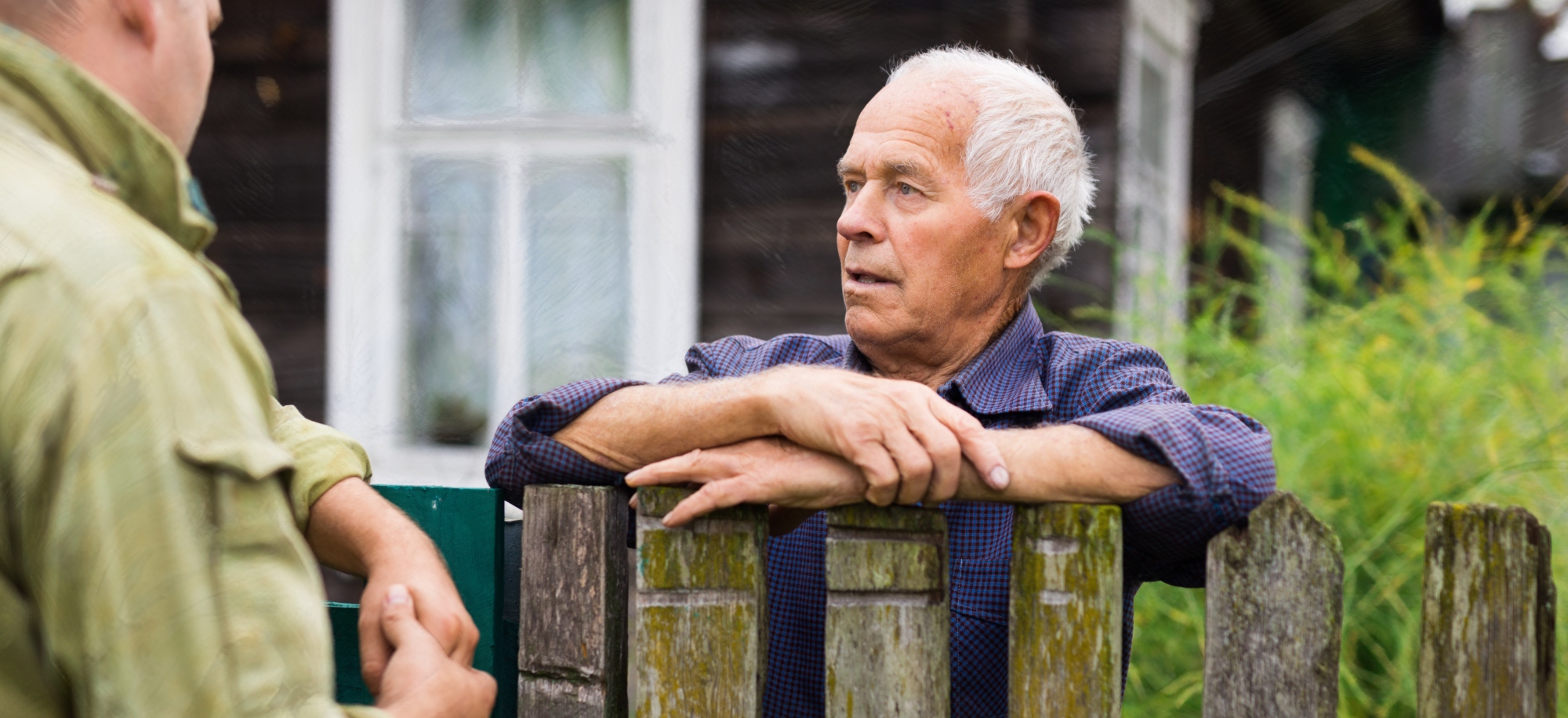As we go through the summer months, I’ve noticed it is easy to take things for granted. During the winter, we long for the warm summer days – being outside, seeing flowers, hearing the birds, family get-togethers – but as the weeks pass, these things become routine.
As humans, we often stop noticing things that have become routine. Most people live very routine, predictable lives, but when a loved one dies by suicide, that ends. Survivors are uprooted from their routines. Nothing is ever the same as before once suicide entered their life.
The loss of a loved one by suicide changes the course of their existence. Survivors begin charting a whole new and different direction. The old road map, so to speak, has been thrown away, and a new road map is beginning to evolve. So many things are new or unknown. There are all the firsts to go through – Thanksgiving, the holidays, birthdays, anniversaries, and all the other events that make up one’s life. Survivors brace themselves as these events approach and live through them with the help of family members and friends. Survivors breathe a sigh of relief as these “celebrations” pass and brace themselves for the next one.
As the first few yearly cycles are completed, survivors often enter the “doldrums” part of the grieving process. They continue to struggle with pain and long for it to ease. They are tired of grieving and want to find some peace. Unfortunately, the pain is not going to go away. It has become a part of the everyday living experience of each survivor. Does that mean that the pain is going to be as severe as it is at the very beginning? Absolutely not. As the survivor traverses the journey of grief and works very diligently at resolving the pain, the pain becomes less intense. Does it ever go away completely? The answer to that question is “No.” Certain experiences in our lives stay with us forever, and the death of a loved one is one of those experiences.
We carry these experiences with us for the duration of our lives. We never want to forget any of our loved ones – those people who have meant so much to us. Once they die, their death becomes part of the plethora of memories that we carry with us. Parents, spouses, children, siblings, other close relatives, and friends have impacted our lives, and these people should be remembered as part of our story and history. The important task is to somehow integrate their deaths into our lives so that this painful experience does not become a stumbling block for our future.
How do survivors do this? I suggest that survivors embrace the suicide of their loved ones as a part of their future. They don’t have to like this, but they should not flee from the experience. It is a reality that cannot be ignored. They can choose to view the grieving process as either an enemy or a companion on their journey. If the grieving process is looked upon as the enemy, then survivors will do all in their power to eradicate it from their lives. They can spend the rest of their lives running from this enemy.
My suggestion is that survivors view the grieving process as their companion and allow this experience to accompany them in their lives. Quite frankly, the grieving process is not going to go away. It is there. Allow it to be there and learn to get along with it.
As always, I want to assure each and every one of the LOSS family of my daily prayers and thoughts, and I encourage you to do the same for each other and, especially for those survivors who have recently joined our family.
Keep On Keepin’ On,
Fr. Charles Rubey




